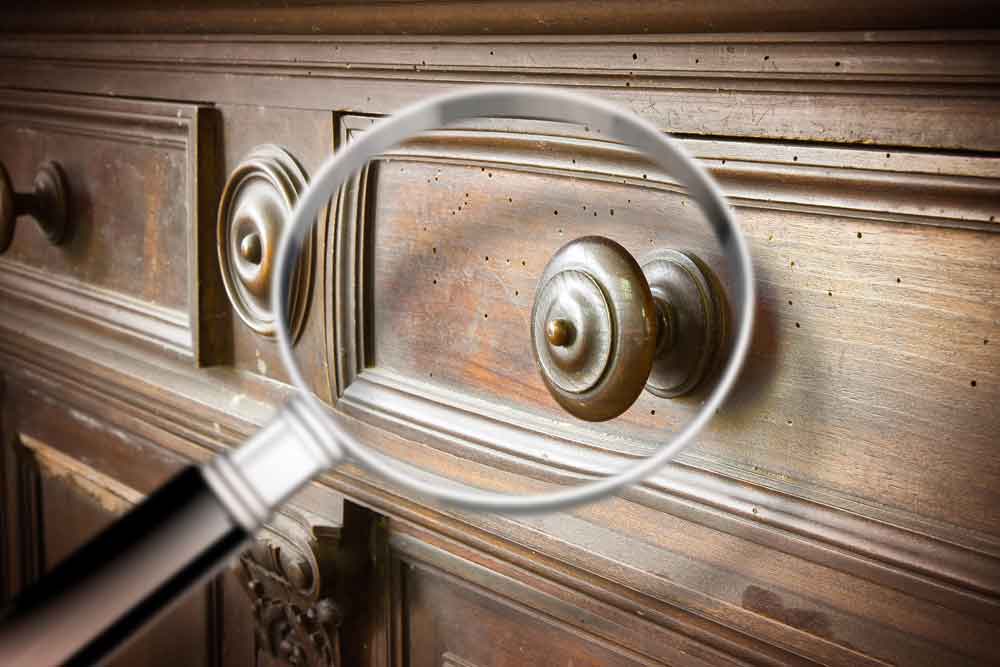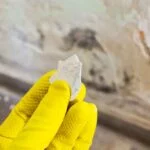What is woodworm?
Woodworm essentially refers to the larvae of any wood-boreing beetle. In the UK, the most common are the Common Furniture Beetle, the Deathwatch Beetle, the House Longhorn Beetle & the Powderpost Beetle. All of these species of beetle invade and consume wood, and then leave. Woodworm can have a disastrous effect on the structure of your home and can also lead to further problems. This is why it is vital that you’re able identify signs of woodworm in your home to avoid any damage or issues to the timber within your residence.
How do I know if I have woodworm?
Unfortunately, in some cases, you may not even know if your property has woodworm. The woodwork in your home may be hosting woodworm without your knowledge and unfortunately, there is nothing you can do about this. However, you can certainly identify signs of woodworm in your home. Have a look out for:
- Small round holes in woodwork
- Dust around holes in woodwork
- Boards and joists with crumbling edges
- Beetles present around your home
These signs may mean you have woodworm but could also be the result of a previous infestation. The best thing to do if you spot any of these tell-tale signs is to have your property specially assessed by a professional woodworm treatment specialist.
Did you know? Woodworm does NOT only affect old properties, it can cause damage to newly constructed buildings too.
How do I prevent woodworm infestation?
There are a few different ways you can prevent a woodworm infestation. If you already believe or know that your property has a woodworm infestation, you must seek the help of a professional in order to eradicate the problem. However, if your home is clear of woodworm, you can take necessary precautions to prevent an infestation from occurring, including keeping humidity levels low and ensuring wood is well-ventilated.
What treatments are available for woodworm?
If you have determined that your property has sufficient evidence of woodworm, there are a few things you need to do before seeking the appropriate treatment. Firstly, you must identify the species of woodworm. Local pest control firms can provide this service. Secondly, you must find out whether or not the infestation is still active. As previously mentioned, the damage to your timber could have been caused by a previous infestation so may require a different form of treatment to repair the damage.
After you’ve ticked those boxes, it’s important to seek a timber specialist to determine the extent of the damage and the overall current state of the structural integrity of your property. There will be a variety of appropriate treatments available to fix any damage but this is all dependent on the extent of damage, the status of infestation and the species of beetle.
How do I repair woodworm damage?
If you have taken the appropriate steps to eradicate a woodworm infestation, the next step is repairing the damage caused. Of course, structural timber can be replaced at your discretion or even restored. There are a number of beeswax polishes that are readily available for you to use to provide ample protection against the problem reoccurring in the future. However, structural timber will be treated and replaced by a professional timber specialist.
Do you think your property may have woodworm? Get Keith Rennie to assess your property, he will thoroughly survey your home and make a full assessment on works required to repair any damage caused by woodworm. Contact Keith Rennie today!





